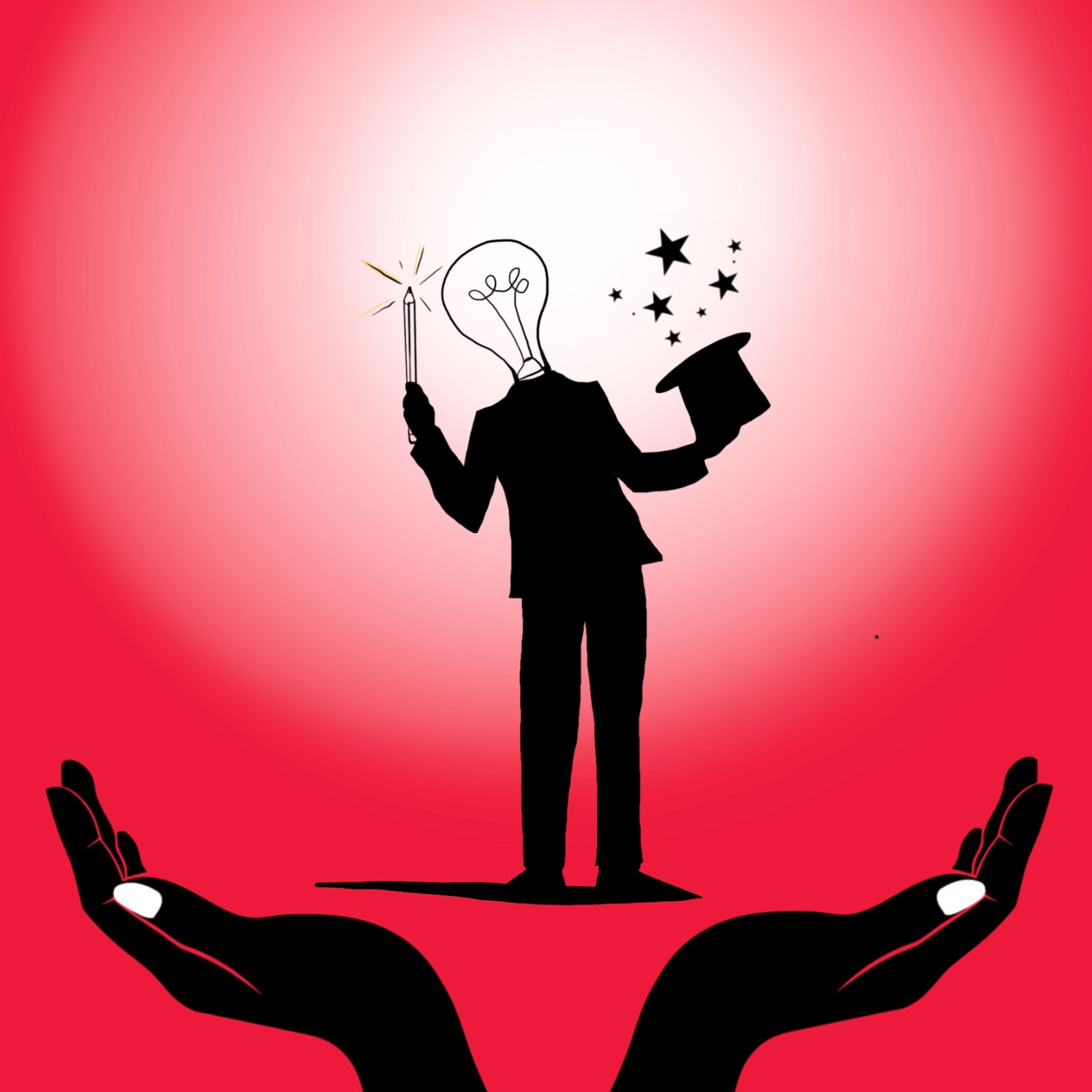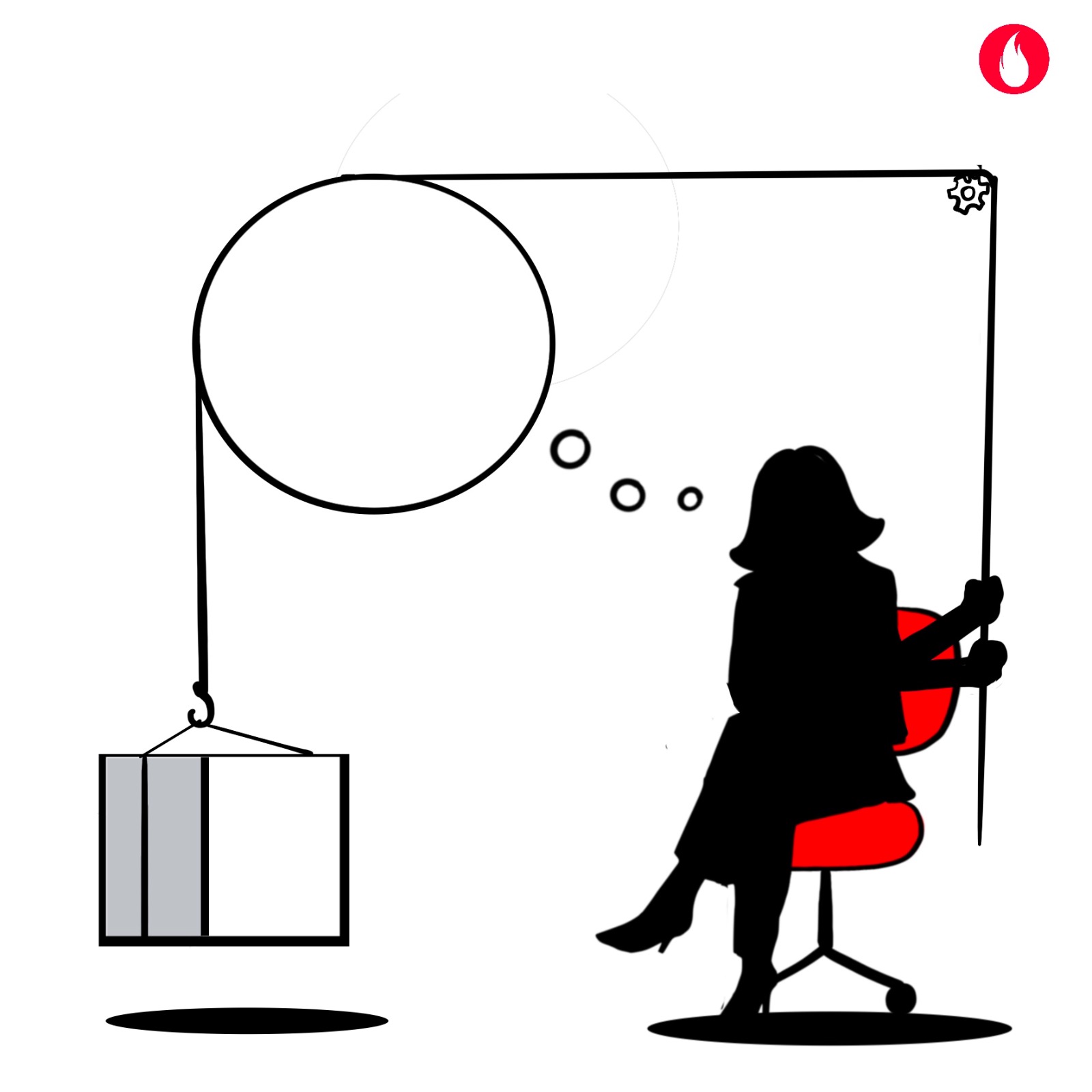It has been an exhilarating football World Cup! And in the midst of all the madness, an on the pitch argument of whether a foul deserves a yellow card or a red got me thinking. Where does this debate of a factual event arise from? Each of us see reality from the lens of our expectations and assumptions, often without knowing that we do so. Where does this debate of a factual event arise from? Each of us see reality from the lens of our expectations and assumptions, often without knowing that we do so. Assumptions which we are not aware of / not called out, prevent us from really seeing and deepening learning. In this edition of the Agile OWL let us explore how assumptions stop us from seeing things through a story, a study and a quote. Well maybe two!
Assumptions and deeper learning
Deeper learning (as we explored in our earlier edition) occurs when we step out of our existing ways of thinking and are present to what is happening in front of us. What comes in the way of deeper learning is when we choose to react and re-enact habitual ways of thinking. When we continue to see the world through our assumptions, we lose an opportunity to learn and grow deeply and meaningfully.
How do we deepen our learning? By spotting assumptions and being able to test assumptions with experiments. Yes, spotting assumptions is hard and takes effort. Largely because assumptions are so insidious, implicit and ingrained at times. So ingrained that it prevents us from seeing things that are right in front of our eyes. We illustrate this point through a story, a study and a quote.
A story
This is a story from the early 1980’s. Executives from US auto companies were wanting to find out how Japanese car manufacturers were outperforming them. Japan threw its doors open and welcomed US auto company executives to visit their plants. They were shown assembly lines and plants in operation.
Here is what the US auto company executives actually saw. The executives believed they were shown fake factories. Ones that were staged for this visit by the US competitors. Why did they think so? because the assembly lines and factories did not have stockpiles of inventory. Japanese were using the famous Just-In-Time production methodology.
The US car manufacturers were so ingrained with their expectations and assumptions of how a factory functions, that they did not see what was in front of them. What they saw was bounded by what they already knew. They had not developed the capacity to call out their assumptions.
In a few years when Japan overtook US as a leading car maker, it became painfully obvious that the factories they witnessed were indeed real.
A Study
This was a study conducted by MIT prof’s Dan Ariely on how our expectations and assumptions impact our experiences. They set up several experiments in MIT to study expectations and experience of students. They had beer tasting experiments, coffee choices and many more.
In each of these experiments, participant choices differed when they already knew of the product. In other words when they had expectations and assumptions about the product, their experience of it varied!
Pepsi and coke found similar results when they did a blind study vs open eye study on which drink tasted better. When participants knew they were drinking Coke/Pepsi they rated the taste differently versus when they were blindfolded.
A quote
Here are two quotes to remind ourselves to be present to our inherent preferences, biases, and assumptions!
“You see what you know. You know what you see” – Frank Stella, Artist.
“It’s not what you dont know that gets you in trouble. It’s what you know for sure that isn’t so”- Mark Twain, Writer.
In conclusion, assumptions enable us to make sense of the world around us. Like we make sense of a conversation in a noisy room or patchy network despite the loss of a word here and there. But assumptions also come in the way of us seeing and being present to experiences around us. While stripping away our assumptions and previous knowledge is not possible. Perhaps we can at least acknowledge that we are trapped within our perspectives, which partially blinds us to the truth.

Agile Story
This is a story of one of the many experiments Kohl, the largest department store retail chain in America has conducted. Kohl believes in experimentation and data led decision making.
In 2013, Kohl was looking to reduce the operational costs of its stores. One of the ideas they came up with to reduce cost, was to open the store an hour later every day. This idea met with massive resistance from some members of the management team. The decision must be data driven they felt. The approach they adopted was to frame a hypothesis and collect data through experiments.
The hypothesis they framed was: “opening the stores an hour later in the morning from Monday to Saturday will reduce operational costs and not impact sales/revenue”.
They identified 100 stores which were similar in all aspects. (Store size, neighbourhood demographics, sales, etc.). These stores were split into two groups. In one set of stores, they changed the start time of the store to an hour later than usual. In the other set of stores, they kept the start time unchanged. The Kohl team measured operational costs and sales over a few months in both sets of stores.
At the end of the period, much to the surprise of veterans from the retail industry, data threw up interesting insights. Opening the store an hour earlier did not lead to any drop in revenues from the stores. What more, they were able to reduce operational costs in those stores too. Armed with this data store timings were changed across their 1158 stores across USA!




January 17, 2023, 10:18 am
May 4, 2023, 9:12 am